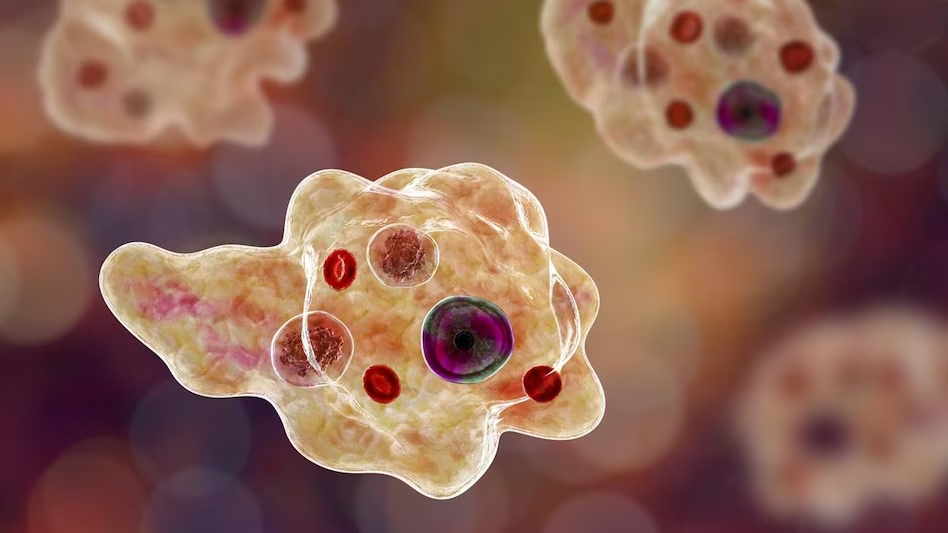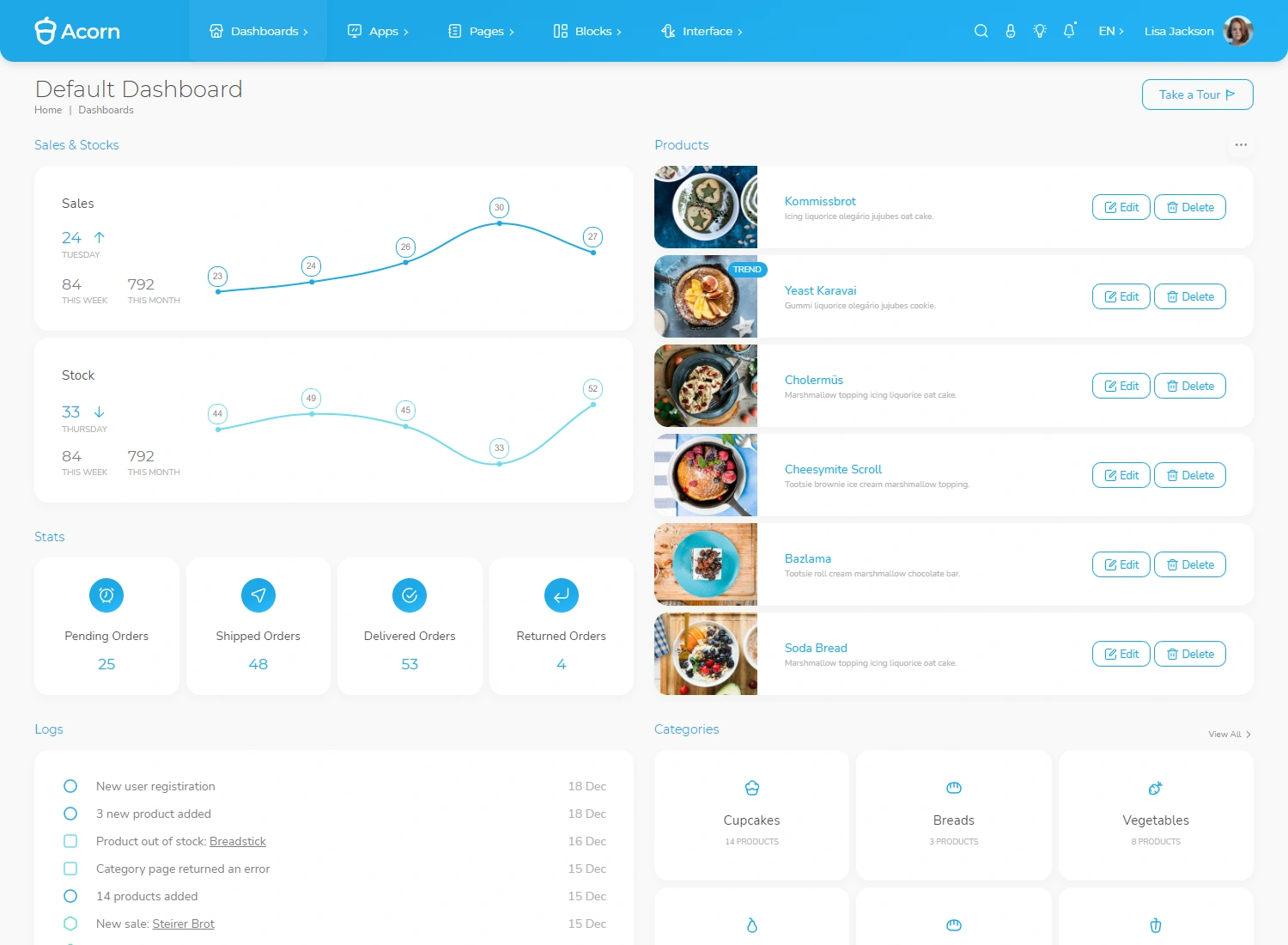
Rare water-borne disease causing concerns
Claiming lives of few people in Kerala, Amoebic meningoencephalitis is a rare and often fatal brain infection caused by a free-living amoeba called 'brain-eating amoeba' found in warm contaminated waters.
Kerala has witnessed third death since May because of infection casued by Brain-eating Amoebea.
The infection known as Amoebic meningoencephalitis is a rare infection and often fatal brain infection caused by a free-living amoeba particularly "Naegleria fowleri" and "Acanthamoeba" species found in contaminated water.
This amoeba, commonly referred to as the "brain-eating amoeba", typically infects people through contaminated freshwater, entering the body through the nose and then migrating to the brain, where it feeds on nerve tissue and causes inflammation. This disease is not transmitted from human to human. The infection usually happens when people go for a swim in lakes, ponds or rivers, during summer. Experts say that it could occur if the atmospheric temperature is high and the water levels are low.
The symptoms of infection at intial stage include headache, fever, nausea, and vomiting. The initial symptoms of PAM are indistinguishable from bacterial meningitis. Later symptoms include Stiff neck, confusion, lack of attention to people and surroundings, loss of balance, and hallucinations . Most people die within one to 18 days. Beig a rare infection, its early dignosis is difficult.
Rare diseases in India
India accounts for one-third of the global rare disease incidence, with over 450 identified diseases. Being rare, such diseases are difficult to be early diagnosed and at the same time difficult to be treated. In case, treatment is available, it is very costly and generally not affordable for common people. India has come up with National Rare Diseases Policy in 2021 which has been a welcome step. The policy provides for financial assistance for the treatment and funding for research and development. But another challenge is that there is no uniform definition of a rare disease for inclusion in the ambit of the policy. Budgetary allocation for the research and development (R&D) is also required to be increased.
The infection is a rare infection and often fatal brain infection caused by a free-living amoeba particularly "Naegleria fowleri" and "Acanthamoeba" species found in contaminated water.
This amoeba, typically infects people through contaminated freshwater, entering the body through the nose and then migrating to the brain, where it feeds on nerve tissue and causes inflammation. This disease is not transmitted from human to human.
The symptoms of infection at intial stage include headache, fever, nausea, and vomiting whereas at later stages it exhibits Stiff neck, confusion, lack of attention to people and surroundings, loss of balance, and hallucinations . Beig a rare infection, its early dignosis is difficult.






